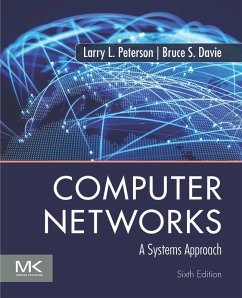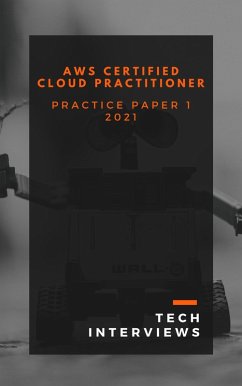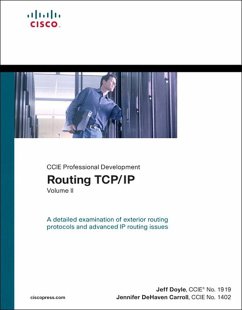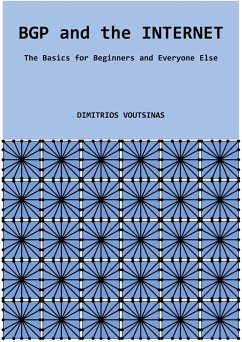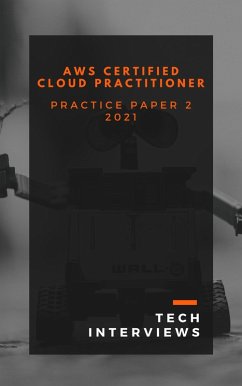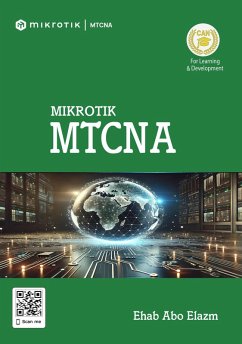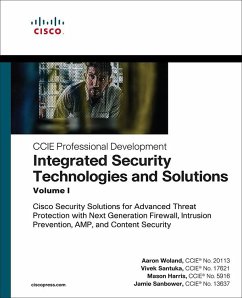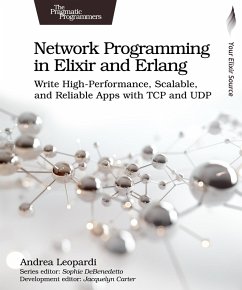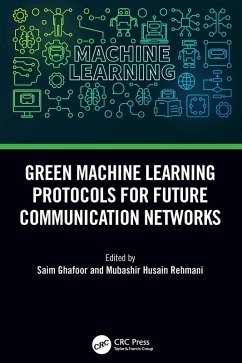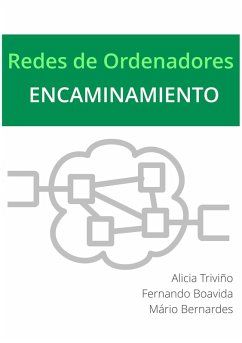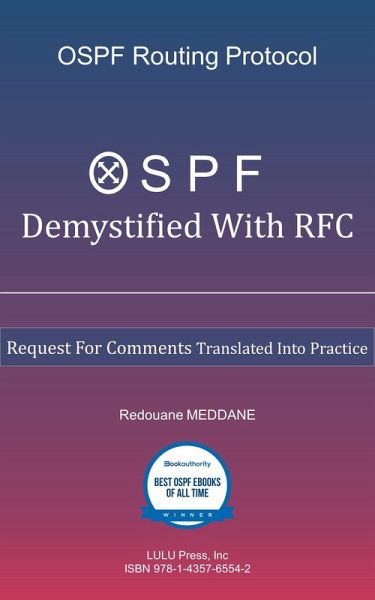
OSPF Demystified With RFC (eBook, ePUB)
Request For Comments Translated Into Practice

PAYBACK Punkte
0 °P sammeln!
The OSPF routing protocol is one of the most widely used protocols in the world, especially in service provider environments. Through this hands-on lab workbook, you will explore a unique dimension of OSPF - its foundation in RFCs (Requests for Comments). An RFC is a formal document developed by the Internet Engineering Task Force (IETF) and reviewed by the global technical community. RFCs define technical and organizational aspects of the Internet, including many of the protocols that power today's networks. OSPF, as a key Internet routing protocol, is specified across multiple RFCs. But why ...
The OSPF routing protocol is one of the most widely used protocols in the world, especially in service provider environments. Through this hands-on lab workbook, you will explore a unique dimension of OSPF - its foundation in RFCs (Requests for Comments). An RFC is a formal document developed by the Internet Engineering Task Force (IETF) and reviewed by the global technical community. RFCs define technical and organizational aspects of the Internet, including many of the protocols that power today's networks. OSPF, as a key Internet routing protocol, is specified across multiple RFCs. But why is it important to read and understand them? Because different RFCs introduce key behavioral changes that impact how OSPF makes routing decisions - from Type 7 LSA translation, to summary costs, forwarding addresses, and more. These differences can significantly affect path selection and overall OSPF behavior. This RFC-based approach to OSPF challenges the traditional view of path selection being based solely on route type and cost. The changes introduced by newer RFCs require you to think differently and adopt a more accurate, standards-based understanding of how OSPF really works. This book offers a one-of-a-kind approach to learning OSPF - it's the only book on the market that demystifies OSPF through the lens of its defining RFCs, using atypical, scenario-based labs that go far beyond conventional examples. Its goal is simple yet powerful: To translate OSPF RFCs into practice using unique, uncommon scenarios. Unlike traditional resources, this workbook dives deep into RFC-defined behaviors such as: . Path selection logic based on RFC evolution . NSSA Area options and differences between RFC 1587 and RFC 3101 . The shift in behavior from RFC 1583 to RFC 2328 (OSPFv2) . The transition from RFC 1583 to RFC 5340 (OSPFv3) You'll learn to interpret how OSPF works at the packet level, exploring: . LSA Types . LSDB behavior . NSSA Areas You'll finally understand things like: . Why the P-bit must be set or cleared depending on the context . Why the forwarding address should or shouldn't be used . How OSPF can lead to routing loops or suboptimal routing . And what exactly happens inside OSPF LSAs - and why This workbook contains more than 80 step-by-step scenarios that answer real, complex OSPF questions - scenarios you won't find anywhere else. This workbook is intended for readers with a solid foundational knowledge of OSPF because it goes beyond the CCIE Level.
Dieser Download kann aus rechtlichen Gründen nur mit Rechnungsadresse in A, B, BG, CY, CZ, D, DK, EW, E, FIN, F, GR, HR, H, IRL, I, LT, L, LR, M, NL, PL, P, R, S, SLO, SK ausgeliefert werden.



